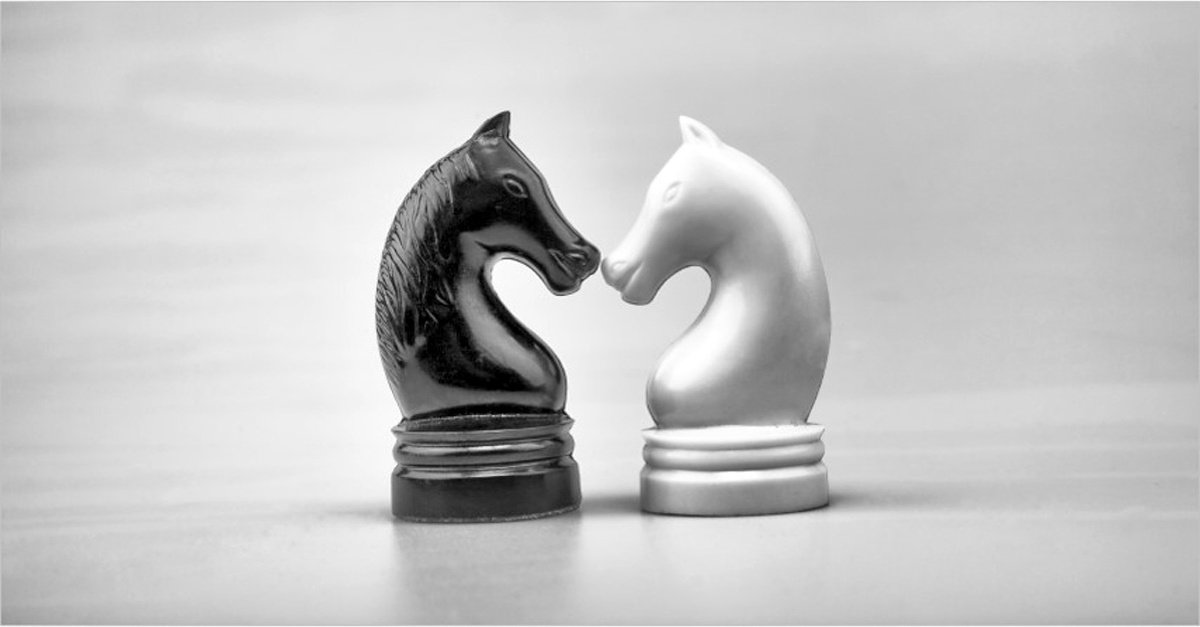
Do you know the difference between “ROI” (return on investment) and “ROMI” (return on marketing investment)?
Occasionally we’ve noticed that some of our discussions about ROI have led to some confusion among our readers. I suspect this is because when people hear “ROI” and “marketing” they primarily think of “return on marketing investment” (ROMI).
What is ROMI?
ROMI is an internal metric to evaluate the effectiveness of your marketing spend. It is simply how much incremental earnings you get from marketing efforts, divided by the investment you’ve made in those marketing efforts. The equation looks like this.
(Incremental sales revenue – cost of goods sold – investment in marketing campaign) / Investments in marketing campaign
For example, let’s say you invest $10,000 in a marketing campaign to generate leads. Based on those leads, you generate $100,000 in incremental sales at a 40% gross margin. Your ROMI calculation shows you how much return you got based on your investment.
($100,000 – $60,000 – $10,000) / $10,000 = 300%
How is ROI Different from ROMI?
Although ROMI is an ROI calculation, it is slightly different from the kind of ROI we usually talk about in our posts and any discussion we have with folks who are interested in an ROI tool. Namely, these conversations are centered around return your customers will get based on an investment in a your offering. In other words, sellers and marketers want to show prospects the estimated percentage return if they invest in purchasing your offering.
Thus, ROI is an external metric that can be used with customers and prospects, as opposed to ROMI, which is an internal metric and can give you an idea of how well you’ve spent your marketing dollars.
Which Is More Important: ROI or ROMI?
In the end, both metrics are important. If you don’t measure ROMI, you won’t know the effectiveness of your marketing spend. If you don’t take the time to track what works and what doesn’t as a marketer, you won’t know where to focus your efforts. (This reminds me of the old quote from John Wanamaker: “I know that half my advertising dollars are a waste — I just don’t know which half.”) Admittedly, this can be complicated in today’s world, because there are so many touch points along the buyer’s journey. Usually you can tell if a marketing campaign really falls flat, but you can’t always trace closed deals back to a specific marketing effort. However, it’s our job as marketers to try to make sure we’re spending money in the best way possible. And the same is true for your customers — they also want to make sure they spend their money in the best way possible. If you want them to spend that money with you, it’s best to center your sales and marketing campaigns around value and use ROI calculations to quantify and show that value.
What steps do you take to track the success of your marketing campaigns? Share your tips in the comments section.

[Image via Flickr / jjMustang_79]














